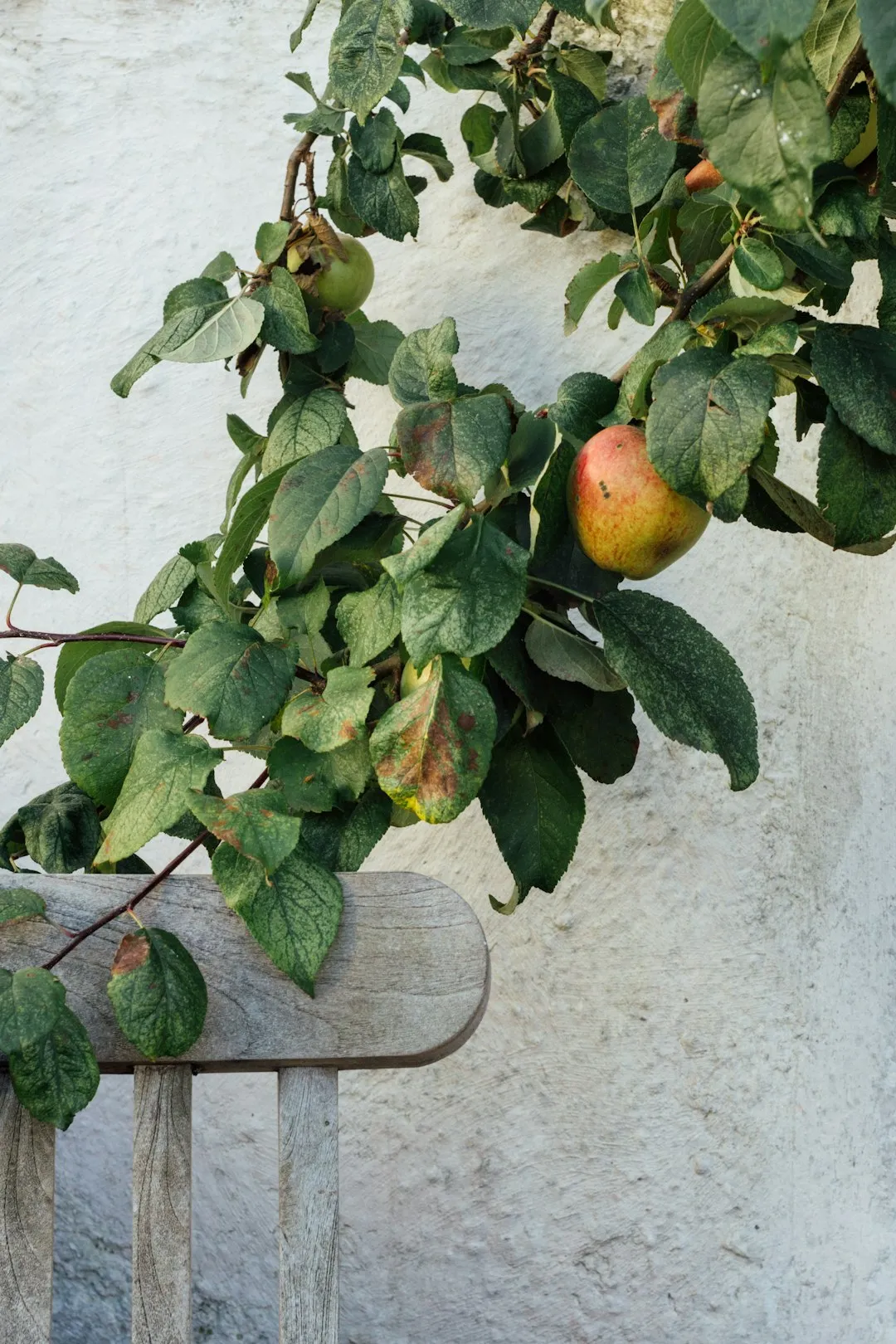The Unassuming Beauty of Fleabane in Your Garden

Fleabane, despite its rather unappealing name, is a remarkable addition to any flower garden. This perennial plant may not have the most charming moniker, but it more than makes up for it with its profusion of daisy - like flowers that grace the garden from midsummer all the way to early fall.
One of the most endearing qualities of fleabane is its resilience. It can thrive in a variety of soil conditions, from well - drained loamy soils to those that are a bit more sandy. This adaptability makes it an ideal choice for gardeners who may not have the perfect soil in their backyard. Whether you have a large, sprawling garden or a small urban plot, fleabane can find a place to grow and flourish.
The flowers of fleabane are truly a sight to behold. They come in a range of colors, including shades of white, pink, and purple. The delicate petals radiate out from a central disk, creating a classic daisy shape that is both simple and elegant. These flowers are not only beautiful to look at but also attract a wide variety of pollinators. Bees, butterflies, and other beneficial insects are drawn to the nectar - rich blooms, making fleabane an important part of a pollinator - friendly garden.
When it comes to planting fleabane, it's relatively straightforward. You can start fleabane from seeds or purchase young plants from a nursery. If starting from seeds, sow them in the spring after the last frost. Make sure to plant them in a location that receives full sun to partial shade. Fleabane prefers at least six hours of sunlight a day to produce an abundance of flowers. Once planted, water the seeds regularly until they germinate and establish themselves.
As the plants grow, they will form clumps that can be divided every few years. Dividing the clumps helps to keep the plants healthy and vigorous. It also gives you the opportunity to expand your fleabane collection or share it with other gardeners. To divide the clumps, carefully dig up the plant in the early spring or fall. Use a sharp knife or garden spade to separate the root ball into smaller sections, making sure that each section has a good amount of roots and foliage.
Fleabane is also a low - maintenance plant. It doesn't require a lot of fertilization. A light application of a balanced fertilizer in the spring can help to promote healthy growth and abundant flowering. However, be careful not to over - fertilize, as this can lead to excessive foliage growth at the expense of flowers. In terms of watering, fleabane is relatively drought - tolerant once established. Water it deeply but infrequently, allowing the soil to dry out slightly between waterings.
In the garden, fleabane can be used in a variety of ways. It looks great when planted in borders, where its colorful flowers can add a pop of color to the edge of the garden. It can also be planted in mass plantings to create a carpet of daisy - like flowers. Additionally, fleabane makes a lovely cut flower. Its long stems and delicate blooms can be used in floral arrangements to bring a touch of the garden indoors.
Another interesting aspect of fleabane is its historical use. In the past, it was believed that fleabane could repel fleas, hence its name. While modern research has not fully confirmed this property, it adds an interesting bit of folklore to the plant. Whether you're a history buff or just a lover of beautiful flowers, fleabane has something to offer.
In conclusion, fleabane is a wonderful perennial plant that deserves a place in every flower garden. Its ability to produce an abundance of daisy - like flowers from midsummer to early fall, its adaptability, and its low - maintenance nature make it a great choice for both novice and experienced gardeners. So, the next time you're looking to add some color and charm to your garden, consider giving fleabane a try.